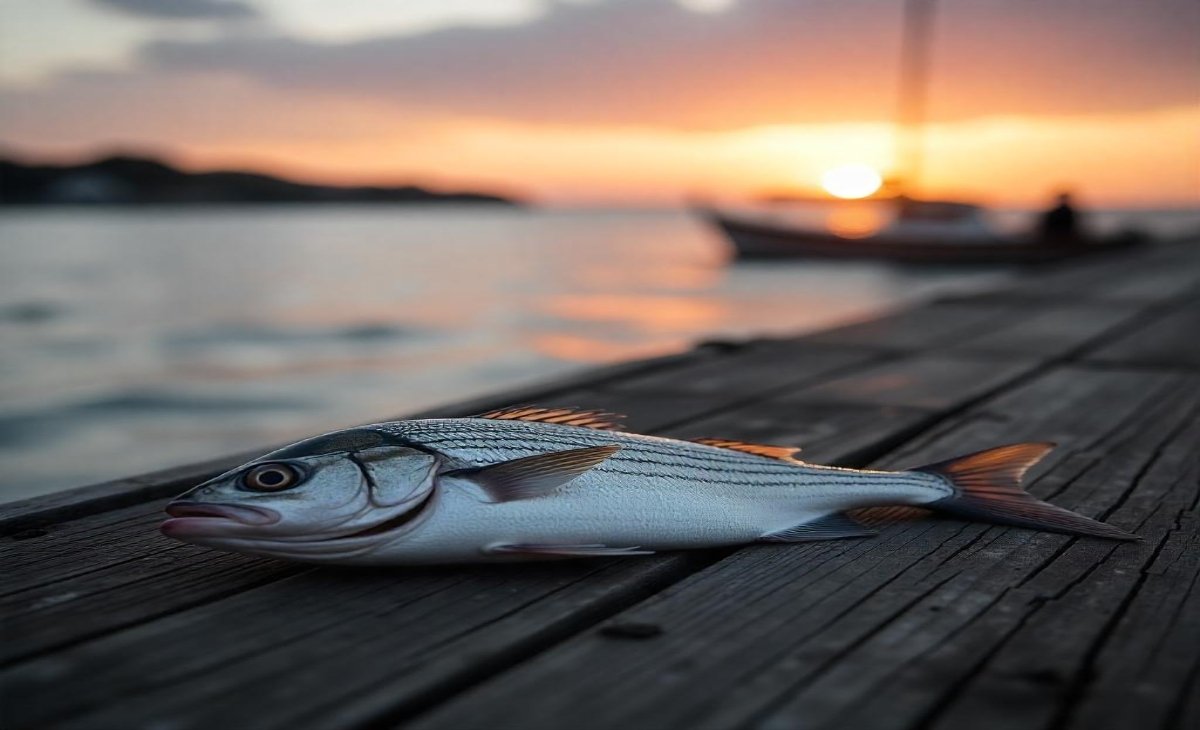Introduction to This Remarkable Flatfish Species
The marine world holds many fascinating creatures, but few are as peculiarly adapted as the fluke fish. Scientifically known as Paralichthys dentatus, this left-eyed flatfish inhabits Atlantic coastal waters from Nova Scotia to Florida. What makes this species extraordinary isn’t just its culinary value, but its incredible biological adaptations. Born with conventional bilateral symmetry, young fluke fish undergo a remarkable metamorphosis where one eye migrates to join the other on what becomes the upper side of their body. This transformation allows them to lie camouflaged on the ocean floor while maintaining full visual awareness of their surroundings.
Commercial and recreational fishermen prize these flatfish for their delicate white flesh and challenging catch. Marine biologists study them as indicators of ecosystem health, while chefs celebrate their versatility in the kitchen. The fluke fish’s unique characteristics extend beyond its physical form – its life cycle, hunting strategies, and seasonal migrations all contribute to its ecological importance along the eastern seaboard.
Physical Characteristics and Identification Features
Recognizing a fluke fish requires understanding its distinctive anatomical features. Adults typically measure 12-25 inches long and weigh 2-8 pounds, though specimens over 20 pounds exist. The upper side (left side, as these are left-eyed flounder) displays a grayish-brown to dark olive coloration with various spots and blotches that provide perfect camouflage against sandy or muddy bottoms. The underside appears white, helping the fish blend with sunlight filtering through water when viewed from below.
Several key features distinguish fluke fish from similar flatfish like winter flounder. The mouth contains sharp, prominent teeth – a characteristic reflected in its scientific name dentatus meaning “toothed.” Both eyes sit on the left side of the head, with the lower eye slightly forward. The dorsal fin extends from behind the eyes nearly to the tail, containing about 75-94 soft rays. Anglers often note the fluke’s more elongated body shape compared to other flatfish, along with its large mouth that extends beyond the eyes.
Habitat Preferences and Geographic Distribution
Fluke fish demonstrate particular habitat preferences that influence where fishermen can find them. These bottom-dwellers favor sandy or muddy substrates in depths ranging from shallow estuaries to about 400 feet offshore. Juvenile specimens often inhabit protected bays and estuaries, while adults tend to move between nearshore and offshore environments seasonally.
Their range spans the western Atlantic from the Gulf of St. Lawrence to Florida, with greatest abundance between Massachusetts and North Carolina. The species shows distinct seasonal migration patterns – moving into shallow coastal waters during warmer months and retreating to deeper offshore areas in winter. Certain estuaries like Long Island Sound and Chesapeake Bay serve as critical nursery grounds for young fluke, making these areas vital for population sustainability.
Feeding Behavior and Dietary Preferences
As ambush predators, fluke fish employ fascinating hunting strategies. Lying nearly motionless on the seafloor, they wait patiently for prey to approach before striking with remarkable speed. Their diet consists mainly of small fish including menhaden, silversides, and killifish, supplemented with squid, crustaceans, and various invertebrates.
The species demonstrates opportunistic feeding patterns, adjusting prey selection based on availability. Studies of stomach contents reveal their ability to consume prey up to half their own body length. Their upward-facing mouth and sharp teeth allow efficient capture of passing fish, while their camouflaged appearance prevents detection by both prey and predators. Feeding activity peaks during daylight hours, particularly around dawn and dusk when many baitfish are most active.
Reproduction and Life Cycle Patterns of Fluke fish
The reproductive biology of fluke fish reveals another layer of their remarkable adaptation. Spawning occurs offshore during fall and winter when water temperatures drop between 50-59°F. Females release buoyant eggs that float near the surface, where currents disperse them over wide areas. A single large female can produce over 4 million eggs during a spawning season, though most won’t survive to adulthood.
Larvae hatch after about 15 days, initially resembling conventional fish with eyes on either side of their head. The remarkable eye migration begins when they reach approximately 0.5 inches in length, completing within a few weeks. Young fluke settle in estuarine nursery areas where they grow rapidly, reaching sexual maturity at 2-3 years for males and 3-4 years for females. The species can live up to 20 years, though most caught commercially are under 8 years old.
Fishing Techniques and Seasonal Patterns of Fluke fish
Anglers employ specific strategies to target these prized flatfish successfully. Summer flounder fishing peaks between May and October when they move into coastal waters. Effective methods include drifting with live bait (such as minnows or squid) or bucktail jigs tipped with strips of bait. Many fishermen use specialized fluke rigs with high-low configurations and brightly colored beads to attract attention.
Location selection proves critical – areas with moving water near structure like drop-offs, channels, or wrecks often hold concentrations of fish. Successful fluke fishermen pay close attention to tide movements, as feeding activity often increases during changing tides. Regulations vary by state, with specific size limits, bag restrictions, and seasonal closures designed to maintain sustainable populations. The challenge of hunting these well-camouflaged fish adds to their appeal among recreational anglers.
Culinary Value and Preparation Methods of Fluke fish
The delicate food, sweet flavor and flaky texture of fluke fish meat make it a favorite among seafood enthusiasts. Its lean, white flesh contains minimal oil, making it versatile for various cooking methods. Chefs prize larger specimens (often called “doormats” by fishermen) for their thick fillets that hold up well to grilling or baking.
Popular preparations include simple pan-searing with butter and lemon, or more elaborate dishes like fluke meunière. The fish’s mild flavor pairs well with bold seasonings, from Asian-inspired ginger-scallion sauces to Mediterranean herb crusts. Sashimi lovers appreciate ultra-fresh fluke for its clean taste and firm texture when thinly sliced. When purchasing, look for clear eyes, firm flesh, and a fresh ocean smell – indicators of quality and proper handling.
Conservation Status and Management Efforts of Fluke fish
Sustainable management of fluke fish populations remains an ongoing challenge for fisheries scientists. While not currently endangered, the species faces pressure from commercial and recreational fishing. The Atlantic States Marine Fisheries Commission (ASMFC) and Mid-Atlantic Fishery Management Council jointly manage the stock through quotas, size limits, and seasonal restrictions.
Recent stock assessments show populations fluctuating but generally stable under current management plans. Conservation measures include minimum size limits (typically 18-19 inches in most states), bag limits for recreational anglers, and commercial quota systems. Researchers continue studying migration patterns and spawning behaviors to refine management strategies. Ecosystem-based approaches now consider predator-prey relationships, particularly with recovering striped bass populations that prey heavily on young fluke.
Ecological Role and Environmental Indicators of Fluke fish
Fluke fish serve important functions in their marine ecosystems beyond being a popular catch. As mid-level predators, they help regulate populations of smaller fish and invertebrates. Their presence (or absence) often indicates habitat health, particularly in estuarine nursery areas sensitive to pollution and development.
Scientists monitor fluke populations as indicators of broader environmental changes. Shifts in their distribution patterns may reflect warming ocean temperatures, while changes in growth rates can signal alterations in food web dynamics. The species’ dependence on specific bottom habitats makes them vulnerable to seafloor disturbances from activities like dredging or offshore energy development, further emphasizing their role as environmental sentinels.





